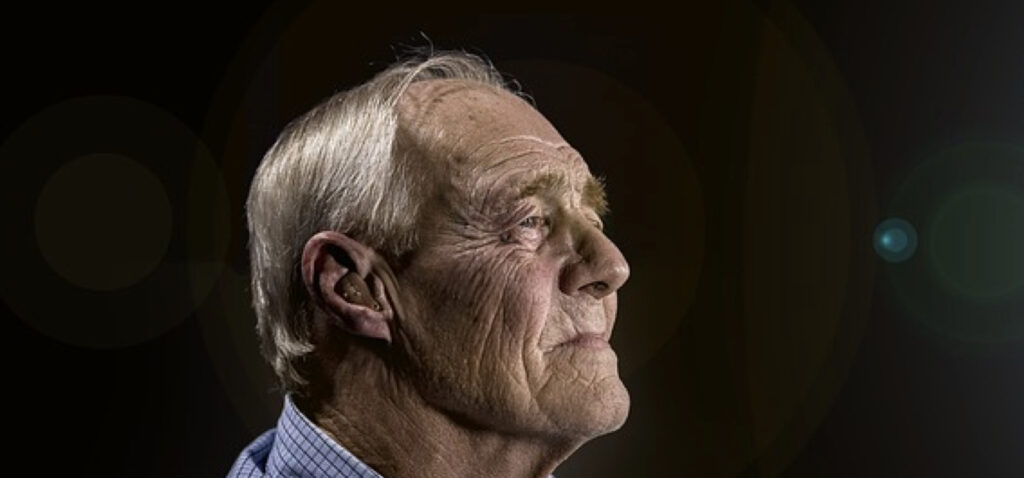Tools for Family Caregivers
Millennials are at the forefront of easing the aging process for today’s elders, from tech innovations that enhance senior living communities, to apps that facilitate difficult end-of-life discussions.
But what happens even earlier in the process, when Mom or Dad (usually Dad!) refuses any sort of in-home help, except perhaps for the occasional housekeeper? How does a family know whether their loved one is truly safe living alone at an advanced age, even if he or she is still fairly healthy?
Nate O’Keefe had the same questions, so the Millennial entrepreneur founded Roobrik, a series of online decision tools designed to provide family caregivers with the information they need to make the right choices at the right time.
Roobrik offers a trio of assessment tools that help family members or concerned others (perhaps the senior’s reverse mortgage advisor, for example) determine whether changes to a senior’s lifestyle might be in order. Each tool scrolls through a series of questions, becoming more personalized with each response. Based on the respondents’ answers, Roobrik lets you know whether immediate intervention would be prudent, or if it’s safe to simply keep a watchful eye on the situation for now. The current tools include:
1. Is it time to get help?
2. Is it still safe to drive?
3. Is it dementia?
Preventing Exploitation
Tools such as Roobrik may also help reduce the incidence of elder abuse, which Chronic Care Advocacy calls “an under-reported epidemic” due to factors such as social isolation, lack of caregiver education, and reluctance to report. And it isn’t necessarily physical. According to the National Research Council, exploitation is the most common form of elder abuse.
The Older Americans Act defines exploitation as, “fraudulent or otherwise illegal, unauthorized, or improper act or process of an individual, including a caregiver or fiduciary, that uses the resources of an older individual for monetary or personal benefit, profit, or gain, or that results in depriving an older individual of rightful access to, or use of, benefits, resources, belongings, or assets.”
Protecting your reverse mortgage clients, prospects, and other seniors in your sphere begins with understanding the risk factors that innovators such as Roobrik are enabling families to assess, and knowing what preventive measures are available.
Caring for the Caregivers
While older adults with cognitive impairment may be at greatest risk of exploitation, a huge risk factor is caregiver stress and burnout. Some of the tech solutions to ease caregivers’ work can make all the difference, as can caregiver recognition that they can’t do it all, and need to care for themselves as well as for the elder in their charge.
In addition to communicating with other close friends and family members who can support the caregiver, the Office of Chronic Care Advocacy urges seniors to use professionals to ensure their financial and legal affairs are in order, including a properly drafted estate plan with safeguards in place.
When the circle of care extends to everyone involved — a network in the truest sense — elder loved ones, their families, caregivers, and professional associates will all be well served.





No comment yet, add your voice below!